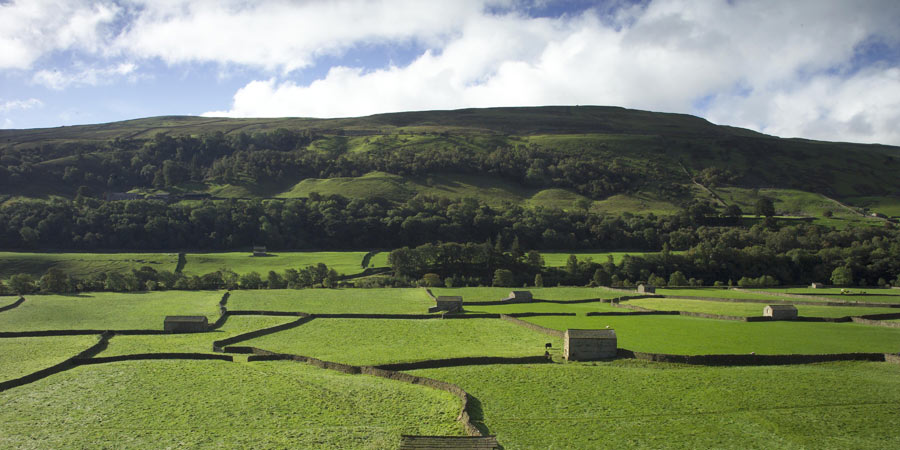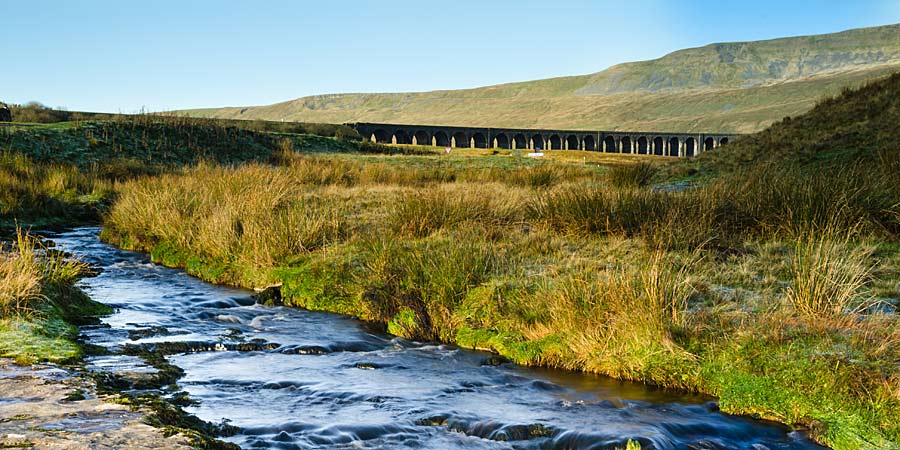2 results matching: Settle-Carlisle Railway
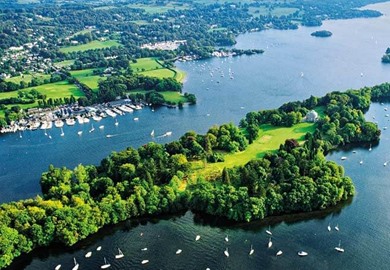
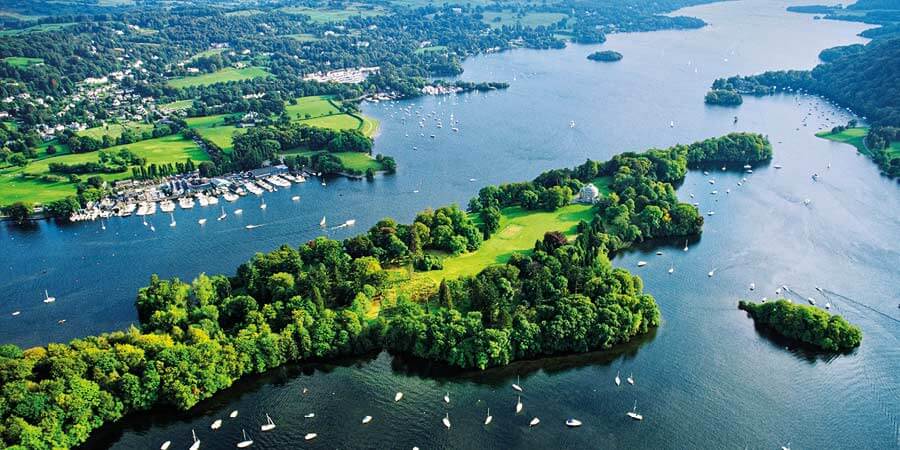



 (343 reviews)
(343 reviews)From your base in Wetheral, travel on heritage railways, enjoy the striking countryside of the north and delight in the natural beauty of England's Lake District. Sail across Lake Windermere to inspirational Bowness and the pretty village of Grasmere, once home to William Wordsworth. Enjoy a journey on the Settle to Carlisle Line to Skipton...
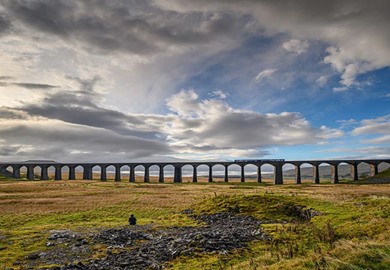
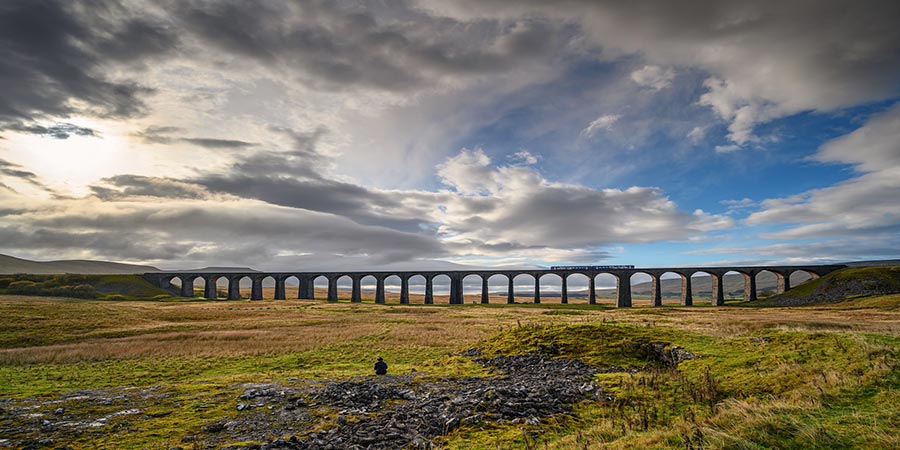
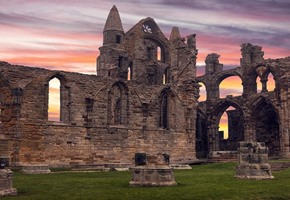
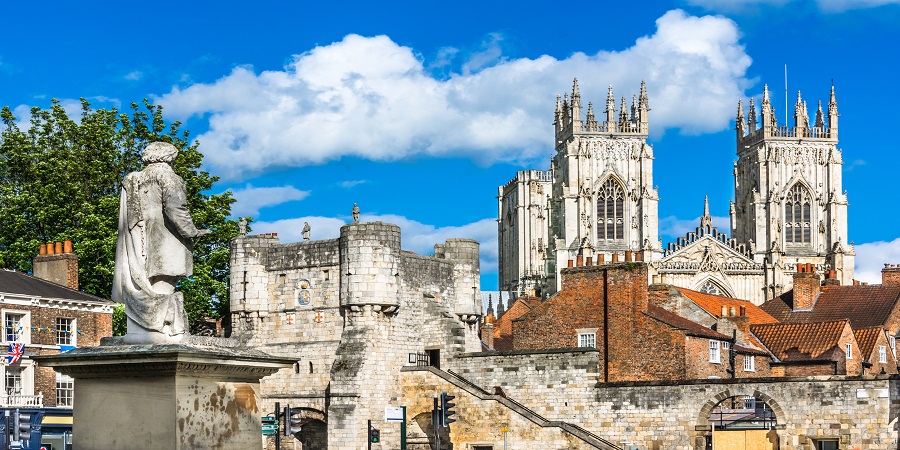
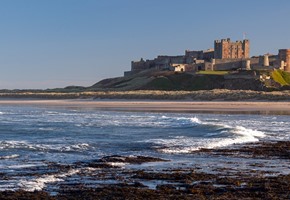
 (211 reviews)
(211 reviews)Encounter the untamed North York Moors and rolling Yorkshire Dales aboard the nostalgic North Yorkshire Moors Railway and famed Settle-Carlisle line, before discovering the gems of Northumberland on a tour which blends dramatic landscapes with fascinating history and culture. In Yorkshire, wander among the spectacular gardens of RHS Harlow Carr,...

